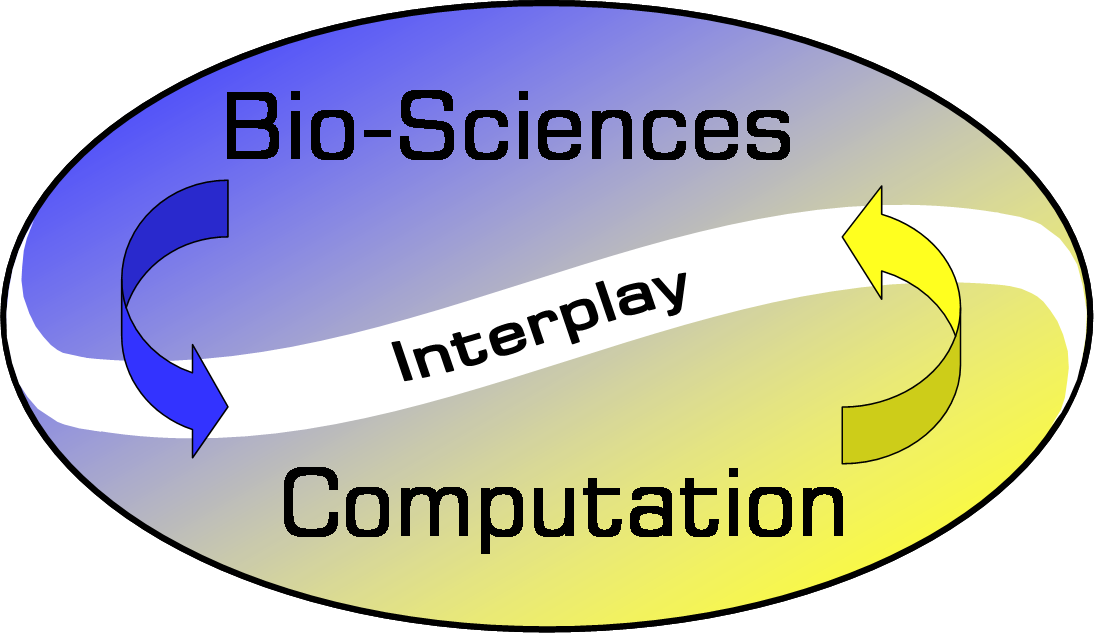 International Work-conference on the
Interplay between Natural and Artificial Computation
International Work-conference on the
Interplay between Natural and Artificial Computation
 International Work-conference on the
Interplay between Natural and Artificial Computation
International Work-conference on the
Interplay between Natural and Artificial Computation
To address the two questions exposed in the scope of IWINAC-2005, we will make use of the ``building of and for knowledge'' concepts that distinguish three levels of description in each calculus: The Physical Level (PL), where the hardware lives, the Symbol Level (SL) where the programs live and a third level, introduced by Newell and Marr, situated above the symbol level and named by Newell ``the Knowledge Level'' (KL) and by Marr the level of ``the theory of calculus''. We seek the interplay between the natural and the artificial at each one of these three levels (PL, SL, KL).
|
1 Interplay at the Physical Level
| |
|
From Artificial to Natural
1.1 Computational Neuroscience
|
From Natural to Artificial
1.2 Bio-inspired Circuits and Mechanisms
|
|
2 Interplay at the Symbol Level
| |
|
From Artificial to Natural
2.1 Neuro-informatics
|
From Natural to Artificial
2.2 Bio-inspired Programming Strategies
|
|
3 Interplay at the Knowledge Level
| |
|
From Artificial to Natural
3.1 Computational approach to Cognition
|
From Natural to Artificial
3.2 Cognitive Inspiration in AI&KE
|